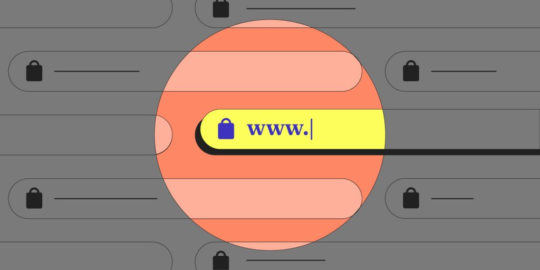Originally Published on https://news.gandi.net/en/2021/12/whats-the-difference-between-wordpress-org-and-wordpress-com/?affiliate=NL_EN_Jan22&pk_campaign=Newsletter_EN_Jan22&pk_kwd=NL_EN_Jan22&pk_source=NL&pk_medium=email&pk_content=news4_wordpress&at_campaign=Newsletter_EN_Jan22&at_send_date=Jan22&at_creation=NL_EN_Jan22&at_link=news4_wordpress&at_medium=email&at_emailtype=retention&at_recipient_list=EN WordPress is the most used CMS (Content Management System) in the world. It’s free software with the goal of enabling the greatest number of people […]
Why your website’s URL is important for SEO
Originally published on https://news.gandi.net/en/2021/12/why-your-websites-url-is-important-for-seo/?affiliate=NL_EN_Jan22&pk_campaign=Newsletter_EN_Jan22&pk_kwd=NL_EN_Jan22&pk_source=NL&pk_medium=email&pk_content=news3_url&at_campaign=Newsletter_EN_Jan22&at_send_date=Jan22&at_creation=NL_EN_Jan22&at_link=news3_url&at_medium=email&at_emailtype=retention&at_recipient_list=EN by Andrew-Posted on 12.16.2021 A majority — 53% according to some sources — of website traffic now comes from organic search, that is, from search […]

